Easy Minimal Prep Classroom Science Experiments for 3rd Grade
1. Make Silly Putty Slime

Who doesn't like slime! Making slime with different materials can teach kids all about texture and polymers while keeping their hands busy in a fun way.
Learn more: Science Buddies
2. Fossil Making

Clay is the perfect material to create casts from. Simply make imprints of natural objects in the clay and fill them with glue. These fossils are fun projects before a museum visit or dinosaur lesson.
Learn more: Education.com
3. Break the Rules of Gravity

The laws of motion depicted by magnets can be applied to a multitude of real-life scenarios. Show how magnets can defy gravity with the help of a paperclip and some fishing line. Your students will be amazed!
Learn more: Bug and Buddy
4. Color Wheel Magic
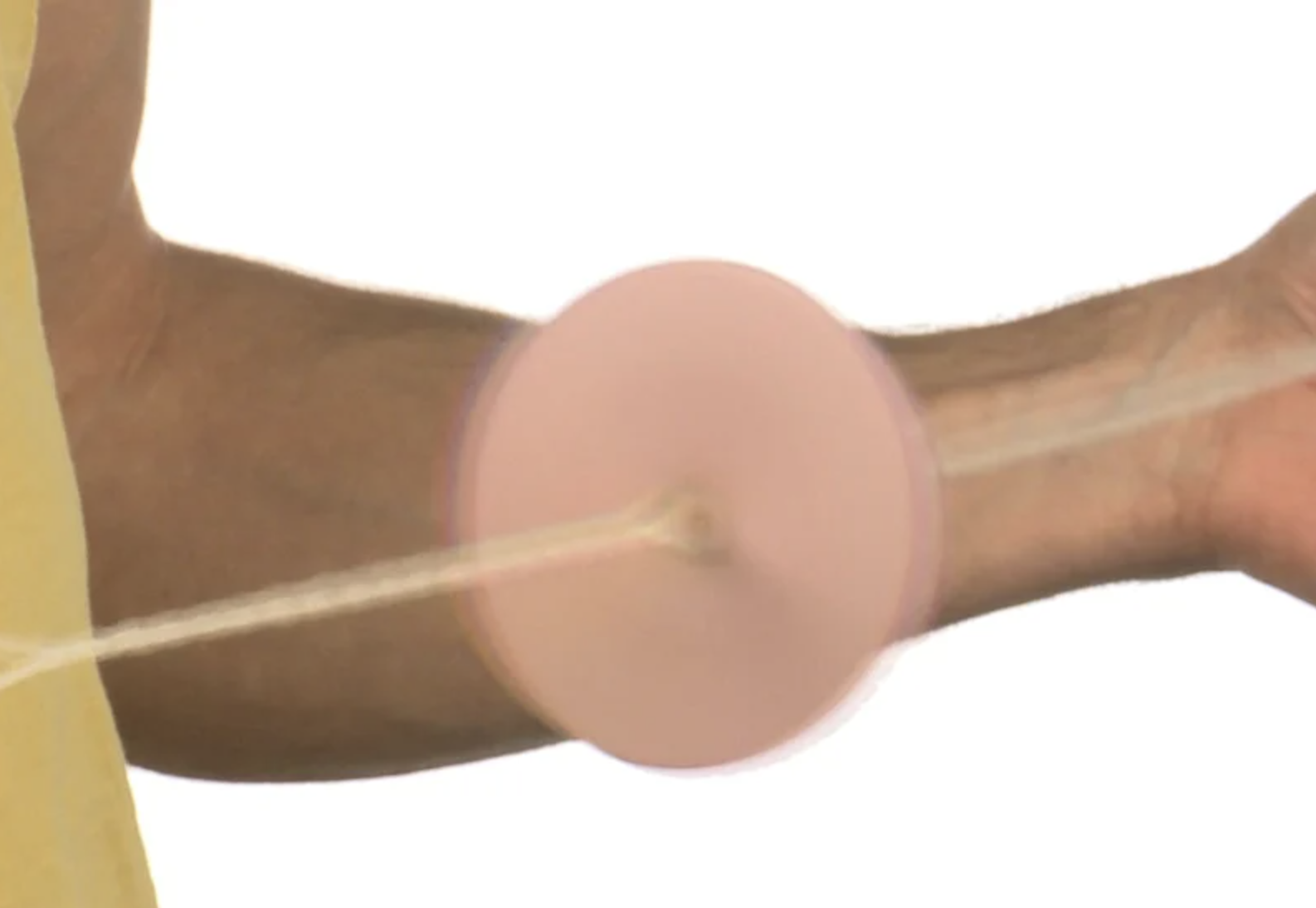
Teach students about the three primary and three secondary colors by creating a color wheel. Thread a piece of yarn through the middle and spin the wheel to see the colors blend into one and disappear.
Learn More: Steve Spangler Science
5. Core Samples

Use play-doh to create the layers of the earth when studying the planet. By pushing a straw through the layers students can take a core sample and feel like real geologists.
Learn More: Line Upon Line Learning
6. Making an Ice Berg
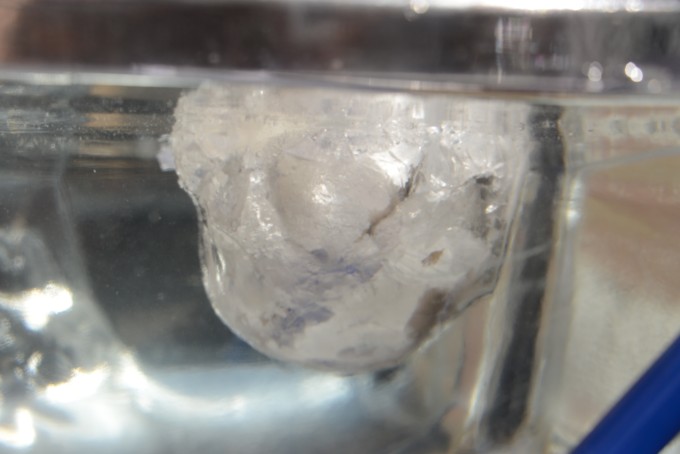
Freeze water in a balloon and put your makeshift iceberg in a container full of water. Let students measure the displacement of water, see how much is visible above and below the water, or add an extra twist and see how saltwater can change these results.
Learn more: Science Sparks
7. Salt Crystals for Fall

Salt crystals are a fun experiment that students can observe over the course of a few days. These leaves can also be used as decorations once they have fully crystallized. It is a great experiment to kick off a new school year in the fall.
Learn More: Steam Sational
8. Waterproofing Test

As a 3rd-grade engineering project, students can build a lego house with no roof and use various materials to create a roof. Test the waterproof properties of each material by spritzing the house with a spray bottle and seeing how much water gets into the house.
Learn more: Science Sparks
9. Center of Gravity
Use a template of a robot and paste a coin to each of its hands. Students can now balance the robot on their fingers or nose to try and find its center of gravity.
Learn more: Chelsey Marashian
10. Marble Racetracks

Pool noodles cut in half make excellent marble racetracks. By changing the surface material, angle, or force students can observe various finishing times and conclude which combination was the fastest.
Learn more: The Techy Teacher
11. Bounce Bubbles
Make a bubble solution and blow bubbles with straws. If students wear a clean microfiber glove, they can bounce the bubbles off their hands because they only pop when in contact with dirt or oil. Bouncing bubbles are fun and educational.
Learn more: Penguin Publishing New Zealand
12. Umbrella Building

Teach the scientific method by letting students plan and build an umbrella. They can draw up a blueprint and use various kitchen items to create their sturdy umbrellas.
Learn more: Raising Lifelong Learners
13. Sunprint Artwork
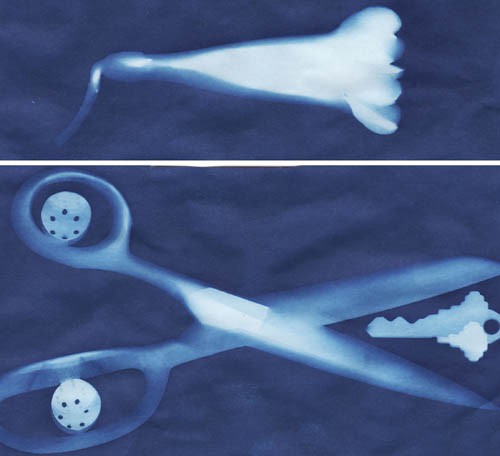
Sunprint paper is a fun way to teach students about chemical reactions and allow them to make creative art pieces. Sunprint paper is easy to get your hands on and students can use items from around the class to make abstract pictures.
Learn more: Science Buddies
14. Star Projector
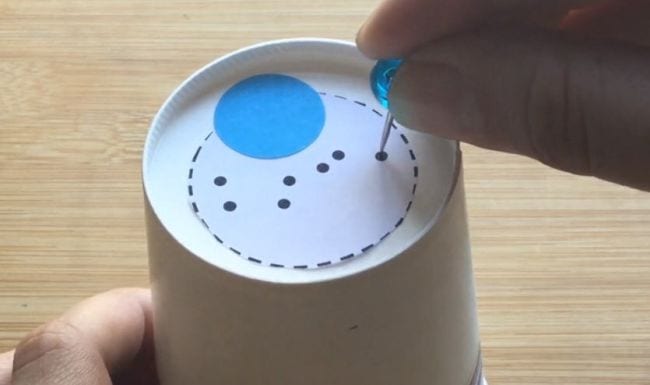
The mystery of stars will always fascinate young minds. When exploring the solar system they can make their own star projectors with paper cups and see why stars are only visible at night.
Learn more: Mystery Science
15. Catapaults

Students can do some target practice and shoot marshmallows, skittles, and other candy at a target with this traditional catapult project. They build their own catapults with pencils and rubber bands and can see how the weight of items can change the distance they travel.
Learn more: Frugal Fun for Boys and Girls
16. Explore water temperatures
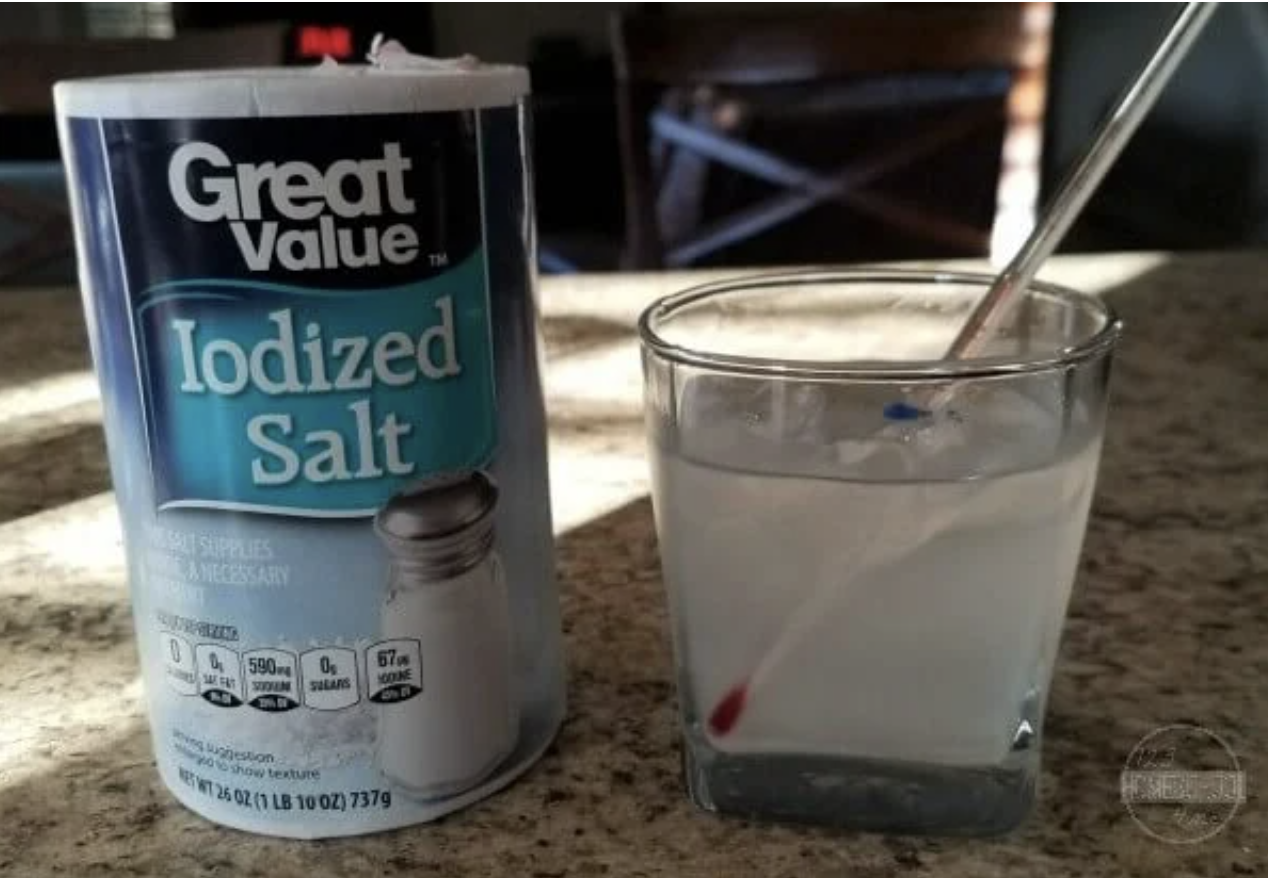
With only a few basic materials students can see how salt can affect water temperatures along with ice. It is a good time to learn about freezing points and the transfer of heat and all you need is some cold water, ice, and salt.
Learn more: 123homeschool4me
17. Water Baloon Buoyancy
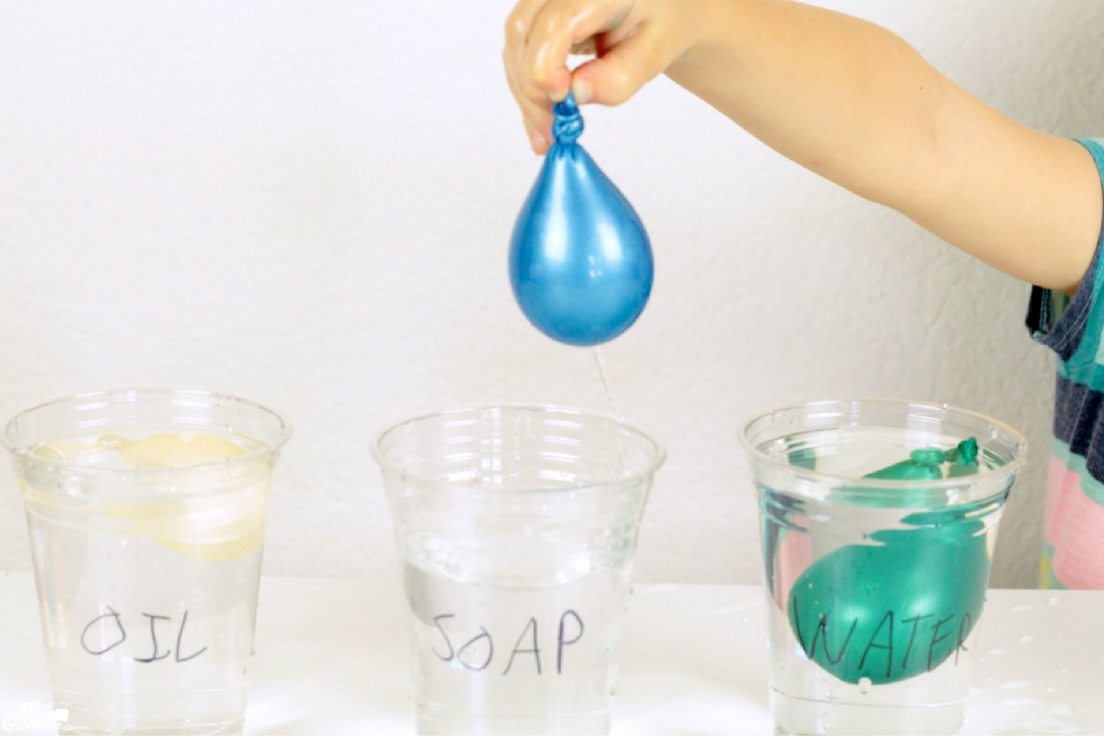
By filling water balloons with different liquids like oil, water, and saltwater, they will have different levels of buoyancy. Once you add them to a bucket of water they will sink or float. Remember to make the balloons to see which is which!
Learn more: A Dab of Glue Will Do
18. Erosion Exploration
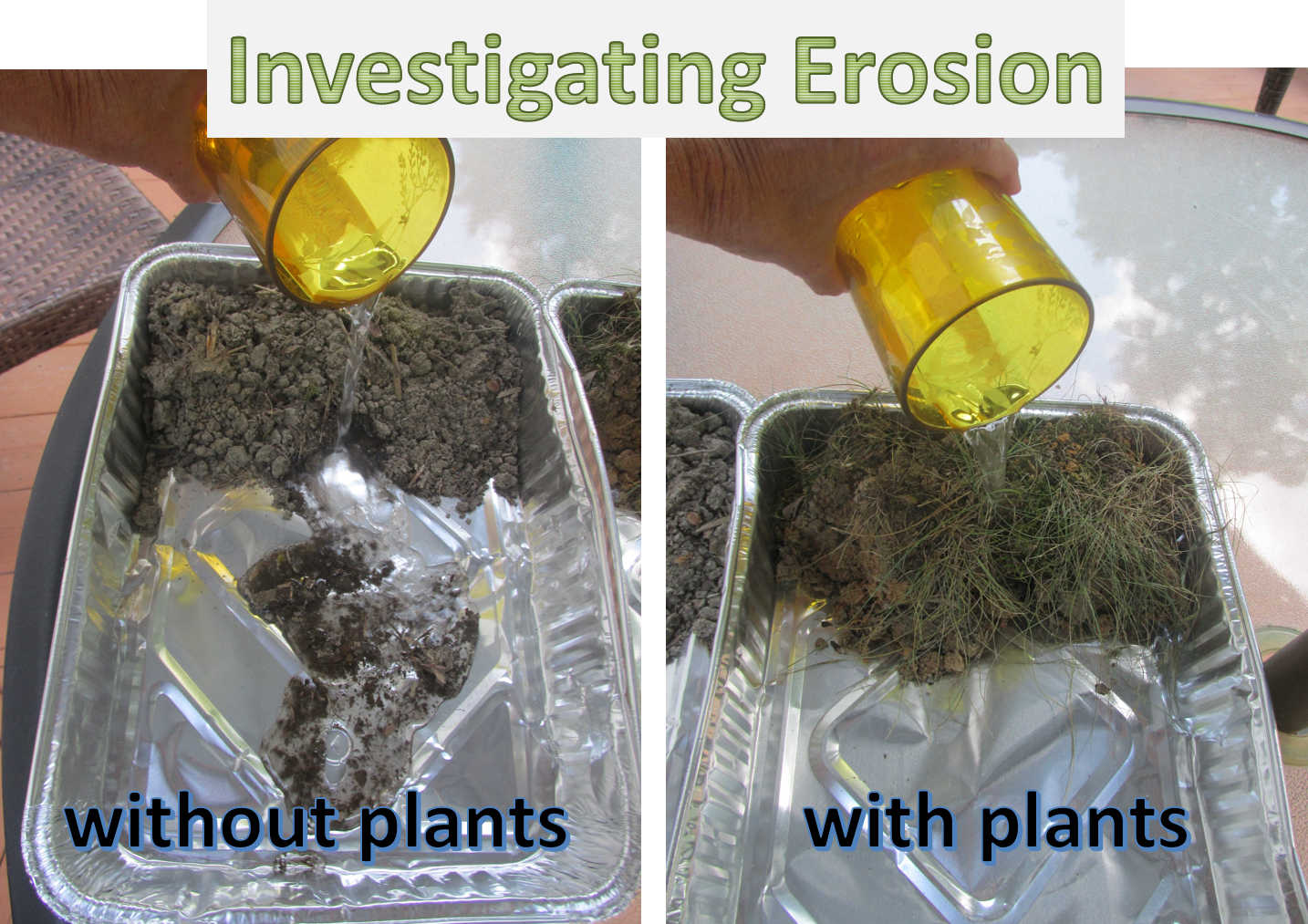
Use soil and water to recreate the effects of erosion. By adding some grass or plant materials to the soil, students can observe how erosion becomes less.
Learn more: Third Grade Thinkers
19. Temperature and Density Correlation
This tried and trusted experiment is colorful and fun. Students will observe how the two colors of the water are displaced from one side of the jar to the other without mixing because of their different densities because of the temperature.
Learn more: The Bearded Science Guy
20. Grow Bacteria
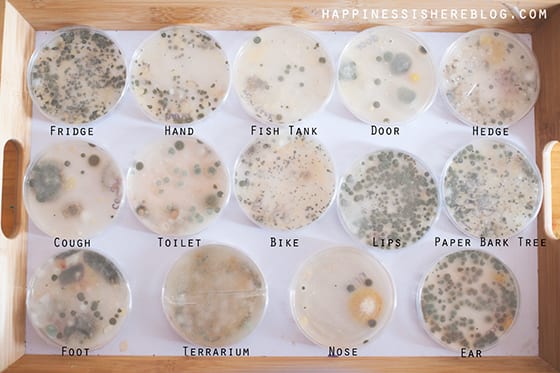
Get 3rd graders to understand how bacteria grow and how dirty some everyday surfaces are. Growing bacteria in a petri dish will make them feel like real scientists and hopefully get them to wash their hands more often!
Learn more: Happiness Is Here
21. Exploding art

Take the 3rd grade science class outside for some explosive fun. By mixing chalk and vinegar in a bag students will see how acids and bases can react. Some food coloring in the mix will turn these exploding bags into a fun art project.
Learn more: Growing a Jeweled Rose
22. Make Paper from Paper

Recycling is an important value to instill in kids and this is the perfect hands-on science practice. By using old worksheets and papers students can create new craft paper for decorative purposes.
Learn more: Undercover Classroom
23. Water Filtration

This is one of the most popular hands-on earth science projects that help kids learn about filtration and the water cycle. They can filter dirty water through some cups with different substances that can catch the dirt.
Learn more: Teach Beside Me
24. Invisible Ink
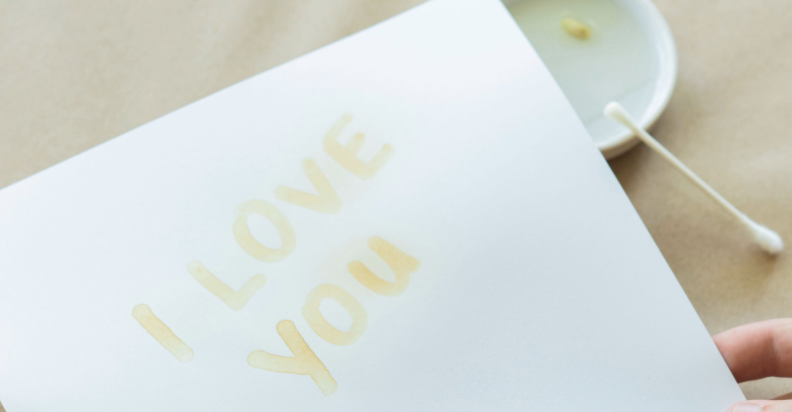
Students will love sending secret messages to each other with this fun science experiment. They use earbuds to write on paper with lemon juice and reveal their messages when heat is applied.
Learn more: Kiwi Co
25. Edible Scientific Method
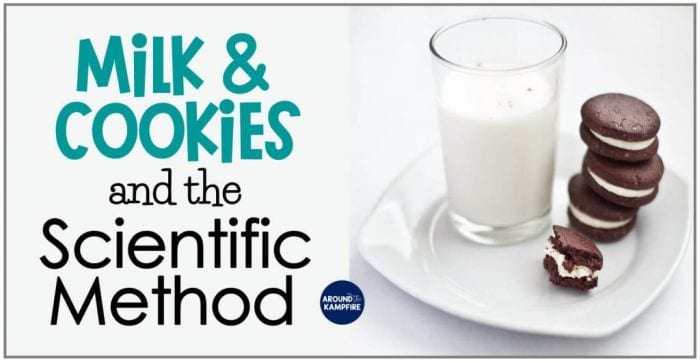
The scientific method can be boring if students can't get their hands dirty. Let them explore the method by using milk and cookies with findings like "how long does it take until the cookie breaks off in the milk".
Learn more: Around the Kampfire
26. Composting

A great long-term earth science project is to create a composting bottle. Students can see through the sides of a clear bottle how natural materials are broken down and can be used for composting.
Learn more: Busy Mommy Media
27. Let Veggies Sprout

Vegetables like potatoes and sweet potatoes will sprout new roots over time. Let vegetables sprout and have students measure these roots and write down their findings as time goes on to learn about glowing and plant growth.
Learn more: Science Buddies
28. Exploring Conduction

This would make a great science fair project for 3rd graders. By using batteries and a lightbulb that are connected, they can see which household items would be conductors or insulators.
Learn more: Science Projects
29. Balloon Powered Car

Students can explore engineering by building their own balloon-powered cars from household items. This will teach them about thrust and velocity but also tap into their creativity to build the best cars.
Learn more: Scientific American
30. Can Eggs Float?

Add different amounts of salt to cups of water to see how salty it needs to be for an egg to float. You can use different objects to test if they float or not. It is also a great way to get them to use the scientific method.
Learn more: Science Fun
31. Paper Plane Contest
Students should fold paper planes in different styles to explore how drag can change the distance and flight pattern. This can also be turned into a fun competition about distance or time in the air.
Learn more: Scholastic
32. Home Made Fly Traps

Students can use different foods and liquids to try and bait flies with a homemade fly trap. Will they attract flies with honey or vinegar? This simple project will answer all their questions.
Learn more: Science Buddies
33. Build a Tower

Introduce engineering concepts by having students build towers from just paper and tape. Tubes and triangles are stronger than other shapes but will their towers stay standing once they get really tall?
Learn more: Feels Like Home
34. Static Experiment
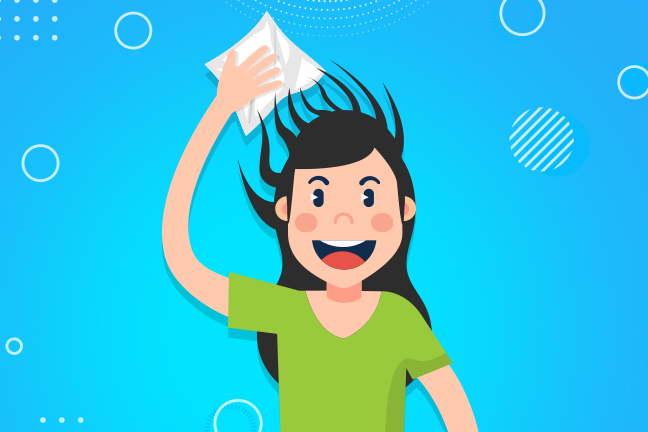
Static electricity is a fun basic science concept that students can observe in class. They can rub different materials against their hair to see if they can get it to create static electricity.
Learn more: i switch
35. Mentos and Coke
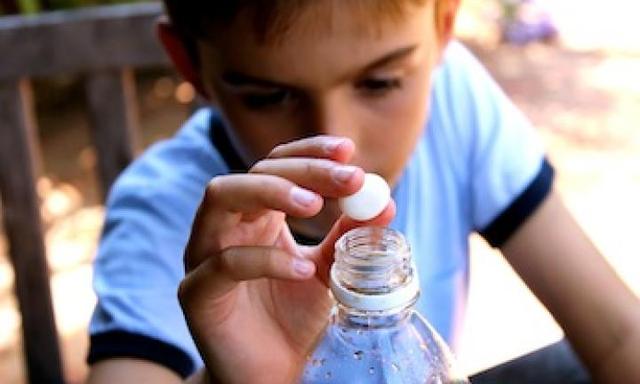
This is a popular experiment that everyone has tried at least once, but will the number of mentos or the size of the candy pieces change the outcome. Have a few bottles of coke ready to experiment with different amounts of candy and a few that are chopped up.
Learn more: Kid Spot
36. Potato and Straw Experiment
Have students observe the power of air pressure by stabbing a straw through a raw potato. A straw that is open on both ends will never penetrate the hard vegetable but once you close off the one end and fill it with air, it will be like a knife through butter.
Learn more: Cool Science Experiments HQ
37. Crayon Geology
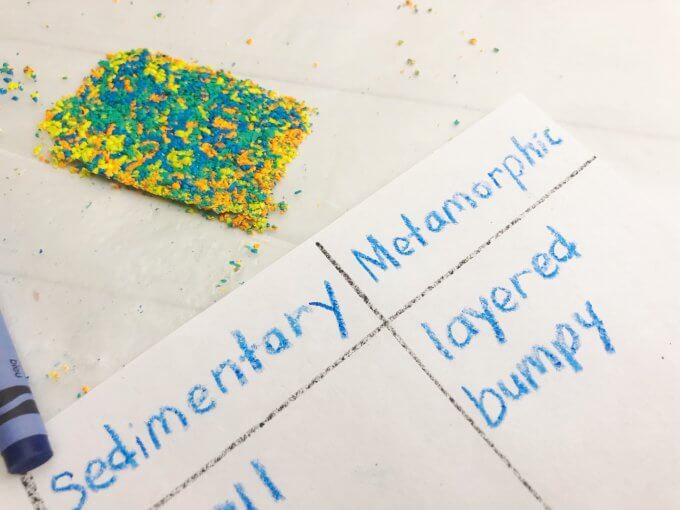
When students start learning about geology, they can see the effects of pressure and heat with this colorful science experiment. Use crayon shavings under different circumstances to show them how different rocks are formed.
Learn more: Little Bins for Little Hands
38. Surface Area Tricks
If you tell students you can help them to step through an index card they probably won't believe you. but with a few clever cuts, you can create an expandable loop big enough for a 3rd-grade student to fit through.
Learn more: Wiki How
39. Friction Races
A student sitting on a tray or in a box should pull themselves across a carpet while another pulls themselves across the floor. Who will win? Students can predict how friction will affect the outcome.
Learn more: PorterGaudCyclones
40. Melt a Cup
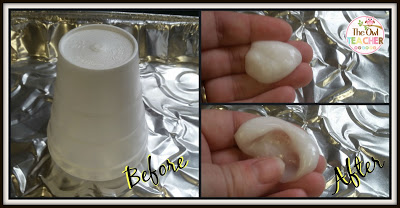
Chemicals are a bit risky for 3rd graders, but there is a basic way of showing how substances can affect one another and change their shape or consistency. By pouring acetone over a styrofoam cup they will see the cup "melt" and take on a completely new form.
Learn more: The Owl Teacher
41. Static Goo
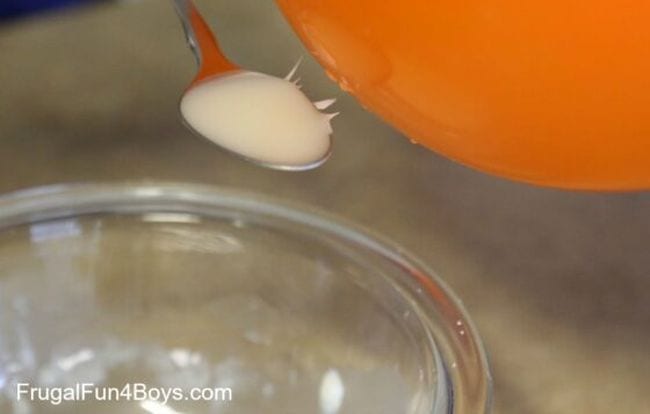
Static electricity is a fun science concept to explore with endless ways to see it in action. Make a goo from cornstarch and water and see it come alive as you bring a source of static like a balloon close to it.
Learn more: Frugal Fun 4 Boys
42. Bath bombs

What makes a bath bomb fizz? Dig deeper into the chemicals that make up a bath bomb and how they react. Explain how bubbles are formed from the reaction. They could even make their own easy bath bombs.
Learn more: Learning Hypothesis
43. Make Colorful Flowers

With basic supplies like colorful markers and coffee filters, students can make these fun flowers and observe how colors mix or divide with just a little help.
Learn more: Gift of Curiosity
44. Bubbles Inside More Bubbles
This experiment will look like pure magic, but with a little sugar water for the bubbles, students can make bubbles inside bubbles. This is an efficient way to demonstrate surface tension and elasticity.
Learn more: Hello Wondeful
45. Water Whistles
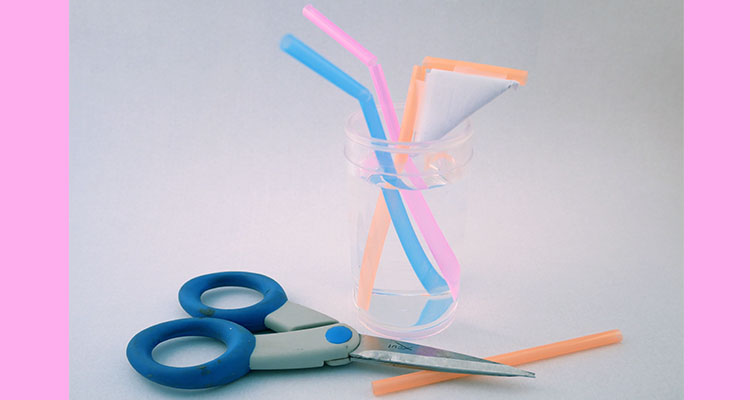
With only a straw, a cup of water, and a piece of paper, kids can make their own crazy whistles. Sound is a fascinating science concept that 3rd graders can explore in this fast filler activity.
Learn more: My Baba
46. See Watermolecules at Work
Take one glass of cold water, one room-temperature glass, and one filled with hot water and drop a few drops of food coloring in each. Students will observe how the color spreads differently in each glass based on the temperature.
Learn more: www.coolscienceexperimentshq.com
47. How Do Plants Eat?

Put a leaf or a flower in a cup with colored water. Students can see how the plant absorbs the water and how it moves through the plant as it slowly changes color over a few days.
Learn more: Project Learning Tree
48. Experiment with Germination

By now students would have germinated a seed, but now they can create a hypothesis about different circumstances for germination. They can look into different soils, the amount of water, and the amount of light.
Learn more: Schooling a Monkey
49. Fungus Growth Experiment
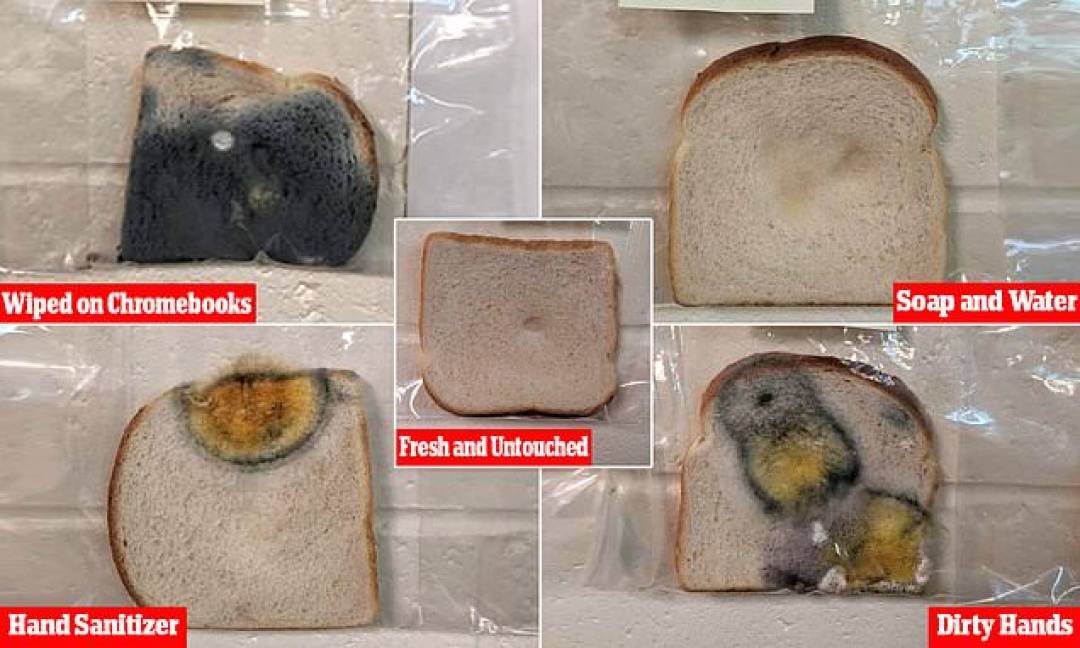
Let student clean their hands to various degrees and touch slices of bread. The bread will slowly start to sprout some fungus and students can see how handwashing is very important.
Learn more: Plexus MD
50. DIY Lavalamp
Lava lamps are fun and awesome to look at. Students will love this hands-on activity where they can learn about various densities of liquids that create this colorful display.
Learn more: Home Science Tools
Source: https://www.teachingexpertise.com/classroom-ideas/3rd-grade-science-projects/
Belum ada Komentar untuk "Easy Minimal Prep Classroom Science Experiments for 3rd Grade"
Posting Komentar